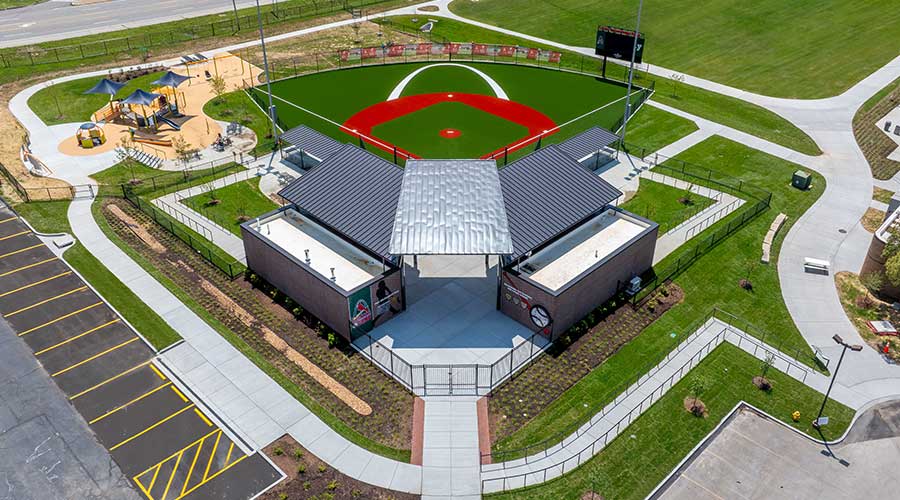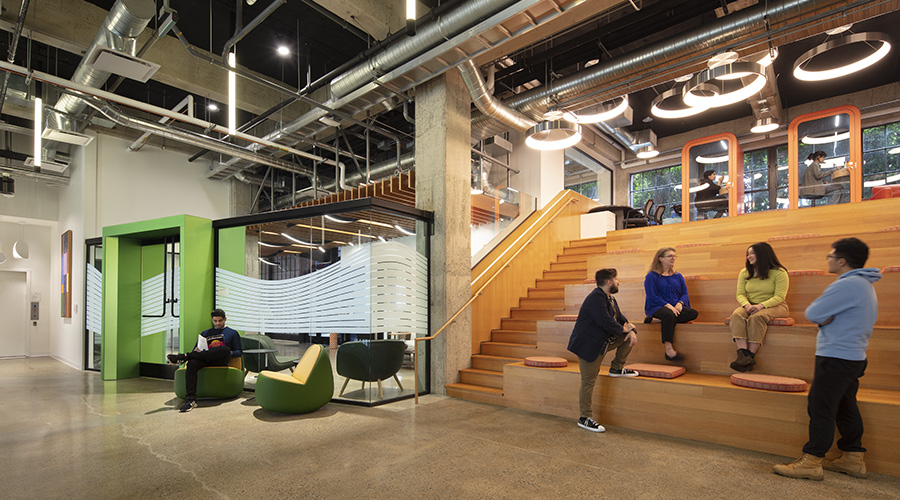Ahead of the Curve
 There’s more than a little to be said for staying ahead of the curve in any profession. Two relatively recent developments are helping to demonstrate that for many maintenance and engineering managers, staying ahead of the curve can pay dividends both in terms of their jobs and their organizations as a whole.
There’s more than a little to be said for staying ahead of the curve in any profession. Two relatively recent developments are helping to demonstrate that for many maintenance and engineering managers, staying ahead of the curve can pay dividends both in terms of their jobs and their organizations as a whole.
And these days, demonstrating a bottom-line benefit is essential for garnering top-level support for any effort that is related to maintenance and engineering.
The first development is an announcement from the Los Angeles Unified School District (LAUSD) that it is inspecting all of its 900 schools to ensure they comply with federal, state and district safety regulations. “This is about preventing safety problems before they occur,” says Angelo Bellomo, director of the district’s Office of Environmental Health and Safety.
The bottom-line benefits here are obvious. More proactive inspections and repairs keep small problems from become big problems, fewer safety-related injuries mean fewer potential lawsuits, and fewer compliance problems mean fewer fines from regulatory agencies.
This last point is significant, especially in light of positive comments from the U.S. Environmental Protection Agency (EPA) that were included in the district’s press release. In recent years, the EPA has been paying greater attention to regulatory compliance in educational facilities.
To date, its activities in this area have been focused largely on colleges and universities. But given the high-profile nature of the nation’s public schools efforts to maintain facilities properly, heightened EPA scrutiny of the K-12 market wouldn’t be surprising.
Managers looking to stay ahead of the EPA curve might take their cue from LAUSD. The district’s Safe Schools Inspection Guidebook is available online.
The second development is described in depth in our cover story this month, “Maintenance By Design” by Senior Editor David Kozlowski. A growing number of maintenance managers are attempting to head off potential maintenance problems in new buildings by asserting themselves during the design and construction process.
This trend is especially pronounced K-12 school districts grappling with huge enrollment increases, such as Dallas, Atlanta and Las Vegas. In Las Vegas, for example, 100 of the district’s 266 schools have been constructed since 1990. And a 1998 bond of $3.5 billion will go toward building 88 additional schools.
Are heightened safety inspections and a larger role in design and construction decisions guarantees that facilities will automatically be safer and easier to maintain? No. But what is guaranteed is that managers who think creatively about staying ahead of the curve stand a good chance of making their departments’ challenge easier and of delivering benefits to their organizations.
Related Topics:








 There’s more than a little to be said for staying ahead of the curve in any profession. Two relatively recent developments are helping to demonstrate that for many maintenance and engineering managers, staying ahead of the curve can pay dividends both in terms of their jobs and their organizations as a whole.
There’s more than a little to be said for staying ahead of the curve in any profession. Two relatively recent developments are helping to demonstrate that for many maintenance and engineering managers, staying ahead of the curve can pay dividends both in terms of their jobs and their organizations as a whole.



